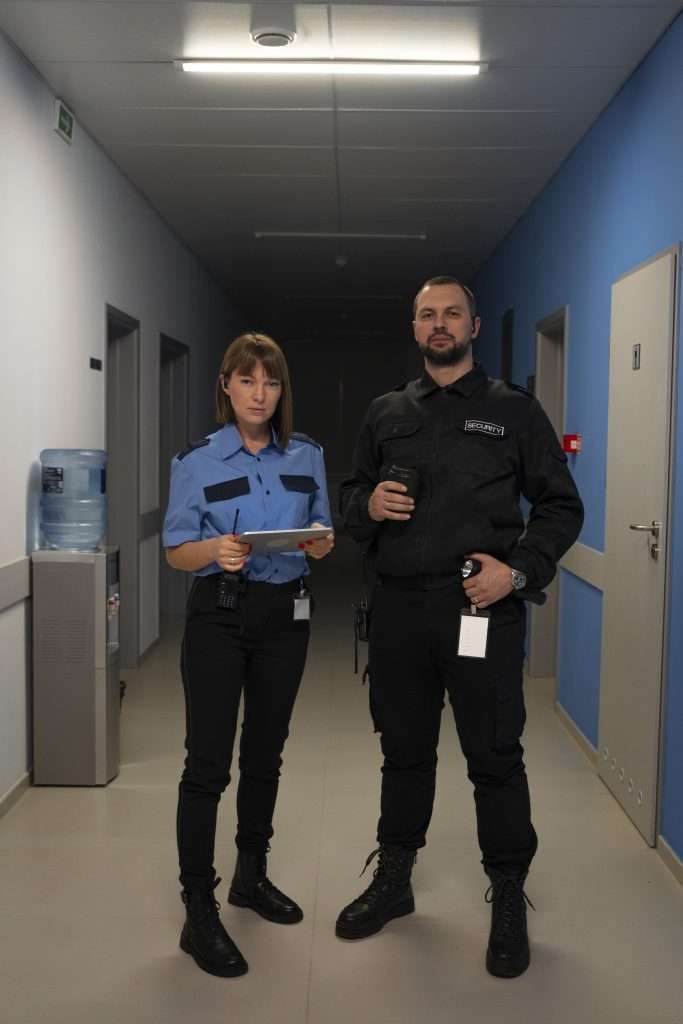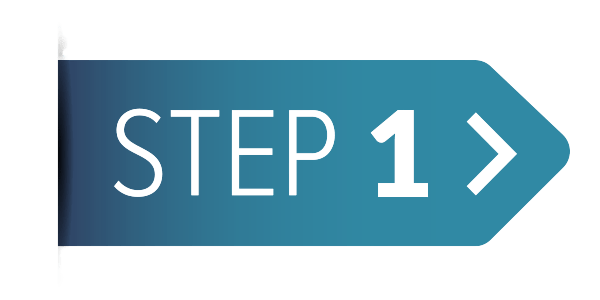COP 119 for Labour Provision
COP 119 is a code of practice that has been meticulously crafted for security agents, with the primary aim of improving the efficiency of security guarding services. This enables Labour-providing enterprises associated with security firms to display superior operational methods through autonomous certification within the domain of ‘provision of Labour in the security and events sector’. COP 119 mandates are followed by audits to confer these certifications, ensuring authenticity and originality.
The aim of COP 119, a code of practice for security agents, is to enhance the efficiency of security guarding service provisions. Companies that provide labour to security companies can demonstrate best practices by holding independent certification, as a part of the ‘providing labour in the security and events sector’, have been audited and met the COP 119 requirements.
This ensures that security standards are not compromised, but rather maintained effectively while meeting necessary contractual requirements.
The regulated security and events sector is included in the scope of COP 119, which covers all labour provision for companies.
COP 119 includes solutions for:
By adhering to COP 119, organisations can improve security operations, ensure legal compliance, and protect the rights and well-being of their security personnel.
- SIA License Monitoring
- Security Screening (BS 7858)
- Working Time Regulations
- Minimum Wage Compliance
- Right to Work Checks
- Employment Status
Advantages of COP 119 Certification:
Obtaining certification in line with COP 119 offers several key benefits, such as:
- 🛑 Demonstrating dedication to statutory and legal requirements.
- 🛑 Exhibiting responsibility toward social, environmental, and governance aspects integral to service provision.
- 🛑 Enhancing stakeholder confidence through the assurance of quality, safety, and reputation.
- 🛑 Affirming adherence to governmental legislation and regulations.
By aligning with COP 119, organisations proactively align themselves with industry best practices, ensuring both ethical labour provision and the maintenance of high security standards.

Procedure for COP 119 Certification
A Security company will be COP 119 certified by applying these three steps





 : 07898 205035/ 020 8090 4209
: 07898 205035/ 020 8090 4209